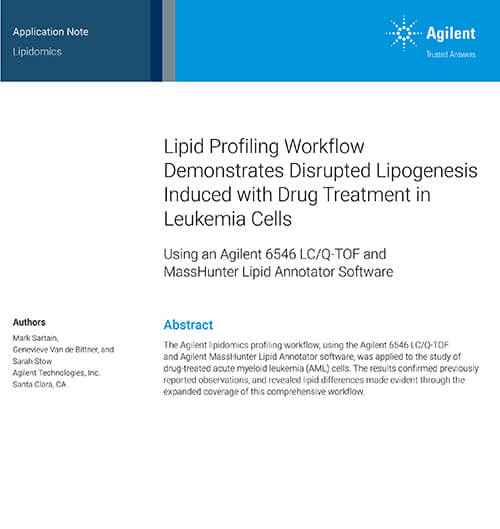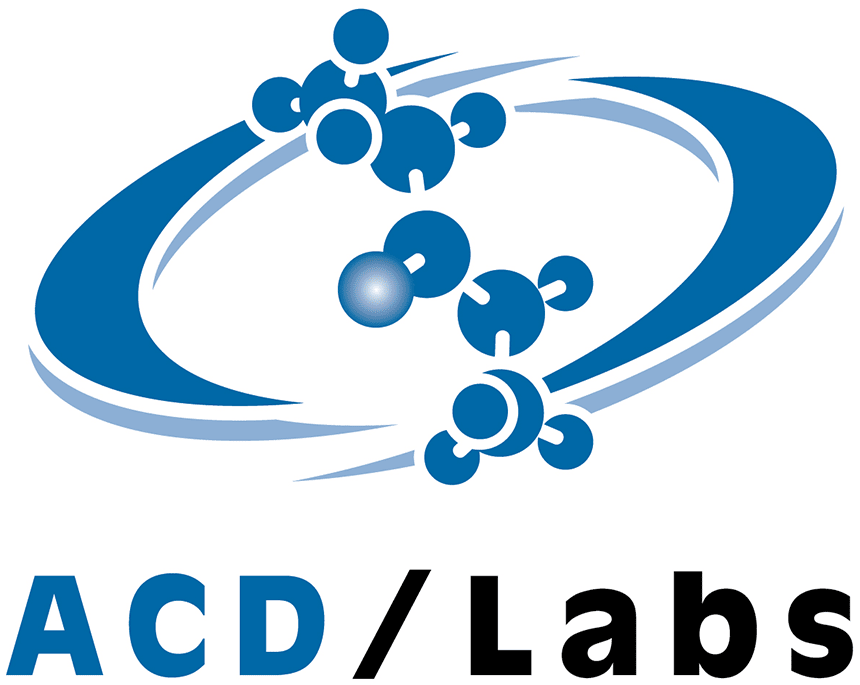The Agilent lipidomics profiling workflow, using the Agilent 6546 LC/Q-TOF and Agilent MassHunter Lipid Annotator software, was applied to the study of drug‑treated acute myeloid leukemia (AML) cells. The results confirmed previously reported observations, and revealed lipid differences made evident through the expanded coverage of this comprehensive workflow.
A previous study found that a drug combination (BaP) of the lipid-lowering drug bezafibrate (BEZ) and the contraceptive medroxyprogesterone acetate (MPA) had potent anticancer properties for AML, an aggressive blood cancer.1 The authors further showed with a series of experiments, including lipid analysis, that BaP slows de novo fatty acid and phospholipid biosynthesis through downregulation of lipogenic enzymes, and suggested dysregulation of lipogenesis as a major contributor to the anticancer effect of BaP.
As a proof-of-principle study, we applied a lipidomics profiling workflow to analyze lipid alterations in the AML K562 cell line in response to BEZ, MPA, and the BaP drug combination. The Agilent lipid analysis workflow was performed with the 6546 LC/Q‑TOF, a mass spectrometer designed to have wide dynamic range while simultaneously providing improved resolution independent of acquisition rate. Key to the workflow is MassHunter Lipid Annotator software, which quickly annotates lipid MS/MS spectra and easily generates a custom library of detected lipids, with deep annotation coverage. These libraries are a critical component of the complete lipid analysis workflow, and support targeted and untargeted lipidomics profiling.
(For Research Use Only. Not for use in diagnostic procedures.)






